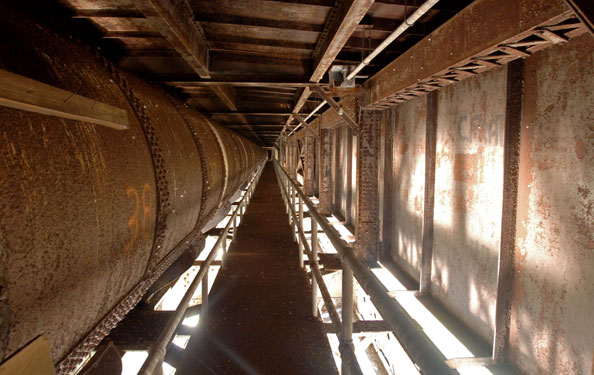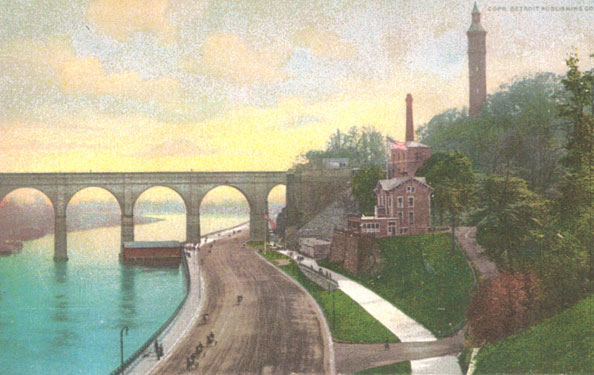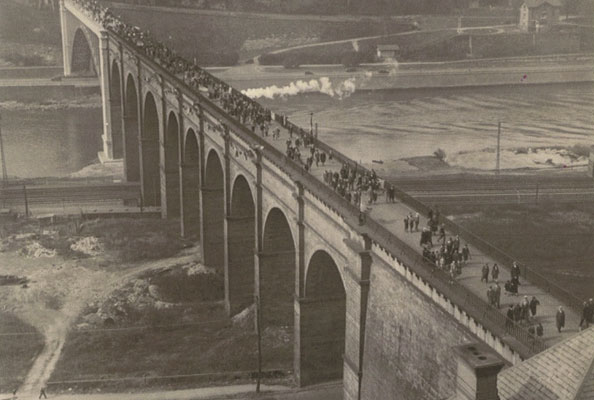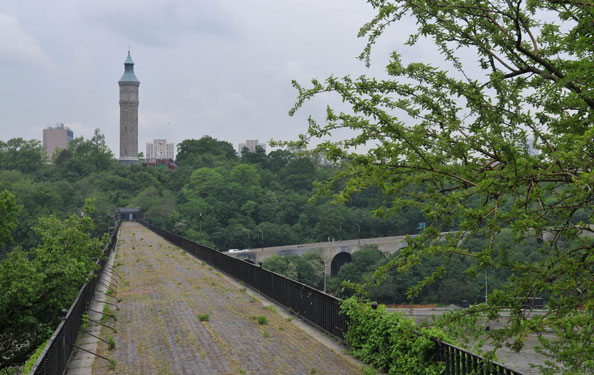History of the High Bridge

The High Bridge was built in the mid-19th century as part of the Croton Aqueduct system, which carried water from the Croton River in Westchester down to Manhattan. When you cross the bridge, you will be walking above the aqueduct’s original pipe, which still lies beneath the walkway of the bridge.

The bridge opened to carry the aqueduct across the Harlem River in 1848, and its walkway was completed in 1864, making it a popular spot to promenade on a nice day. The bridge achieved fame as an attraction for New Yorkers and tourists and a favorite subject for artists and photographers, a sort of 19th century High Line. The walkway’s popularity led to the building of hotels, restaurants and amusement parks in the vicinity.

Equally popular were boat cruises up and down the river, and racing competitions for crew boats. Later, once the Harlem River Speedway was opened in 1898, sightseers strolled along the new waterfront esplanade in the cool breezes and watched horses and buggies fly by.

After construction of the Major Deegan Expressway in 1956 and the Harlem River Drive in 1964, public use of the waterfront faded. The river became polluted, paths were blocked, and the pull of the parks on the water's edge vanished. In the 1970s, public access to the bridge was discontinued.

Local pressure to reopen the bridge began soon after, and eventually, groups such as The High Bridge Coalition were able to coalesce that support into a citizen-led campaign to restore the High Bridge and its neighboring parks. In 2012, we began rehabilitating the bridge, and itwas reopened in June 2015.
More Information
For more information and directions to the High Bridge, please visit our High Bridge page.